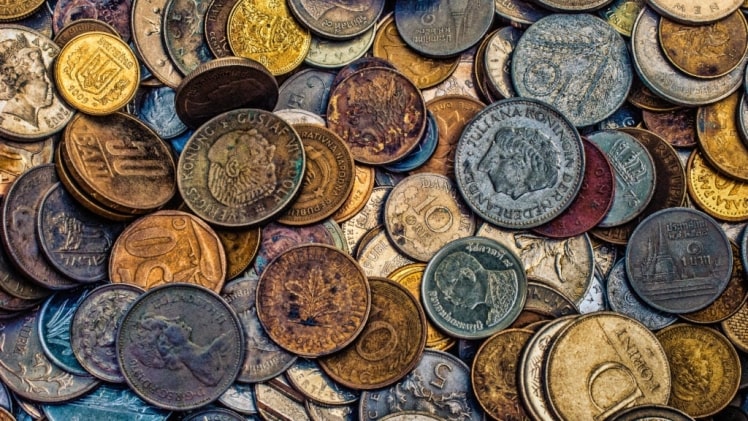It is quite exciting to own rare coins that were in circulation many years ago. These coins are pieces of history that have lived through iconic times, endured numerous unique conditions, and passed through thousands of hands. This makes coins recovered from shipwrecks very precious and highly sought after. Even if they might be damaged, these coins are highly valuable. If you are interested in collecting these coins, here is everything you need to know.
Understanding the Value of Coins found in Shipwrecks
Owning a shipwreck coin can be compared to finding buried treasure. The tales of shipwrecks are thrilling, increasing the value of anything found in them. Coins found on these shipwrecks are highly valuable even though they show signs of damage after spending many years underwater. The oxygen and salt in water corrode the exterior of the coin, with sand causing scratches on the metal. This is beneficial in any case because deterioration is a sign of the coin’s great history.
Even though gold is generally a softer metal than silver, coins made of silver tend to be more damaged after a shipwreck. This is the case because gold is not a reactive metal. On the other hand, silver is significantly affected by chemical reactions that involve oxygen and salt. Given that silver shipwreck coins are adversely affected by reactions involving oxygen and salt, they are often corroded and in worse conditions than their counterparts, gold or artifacts.
For that reason, silver shipwreck coins are not subjected to the same grading system as gold coins or artifacts. This is meant to give a more accurate evaluation.
Shipwreck Coins Grading Standards
Coins made of silver tend to get an “environmental damage” tag when they are obtained from a shipwreck. On the other hand, coins made from gold are subjected to four hard grades: A, B, C, and “shipwreck effective.” Gold coins under category A are those with “minimal surface disturbance” and have a superior eye appeal. The subsequent categories represent an increasingly severe water damage. The “shipwreck effect” category refers to shipwreck coins that cannot be evaluated due to excessive saltwater damage.
It is vital to note that the value of shipwreck coins depends on a wide range of factors. One of the factors is the popularity of the coin and the age of the shipwreck. For example, in 2014, a dollar coin obtained from the 1862 shipwreck was sold for $1,058.20. The coin was in the lowest grading category of “shipwreck effect.” You should note that coins that would normally be invaluable are more costly if they are retrieved from a famous shipwreck. On the other hand, if a valuable and popular coin is damaged by a shipwreck, its value might be lower than usual.
Besides, shipwreck coins come in a wide range of coins. It depends on their original purpose and their value. The most essential determinant of the coin value is how many of them exist. If the coins are scarce, they tend to have a higher value.
Get a Shipwreck Coin Today
The value of a coin found in a shipwreck can’t be compromised, making it worth collecting. If you are an aspiring coin collector, you should consider getting one.

